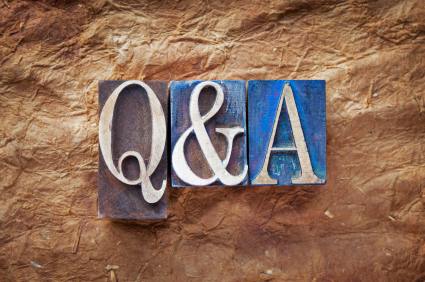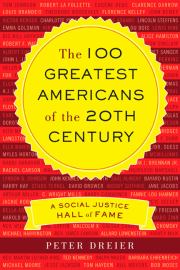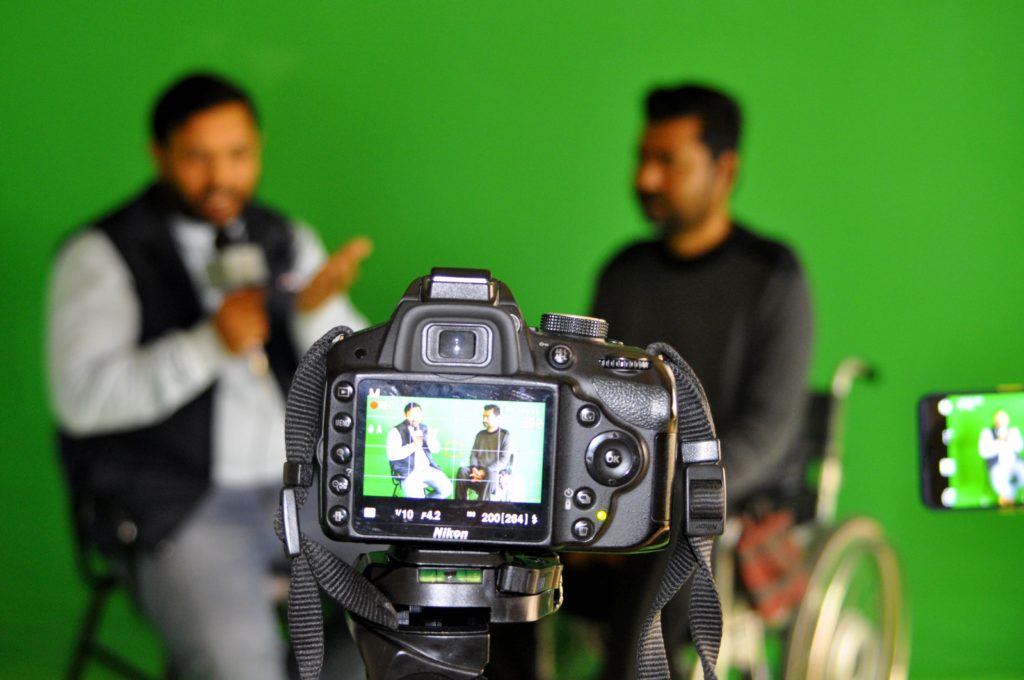Email 3: How To Deal With a Biased Reporter? (Pt. 1)
I regularly hear people complain about the insidious problem of media bias.
When people bemoan “media bias,” they’re usually referring to reporters or news organizations that have an ideological or institutional bias, such as a discernible political leaning or an anti-business worldview. That’s where a reader named Christopher was coming from when he sent in this email:
“You’ve covered how to deal with aggressive reporters, perhaps a refresher on how to deal with clearly biased reporters is in order?”

The two most important questions I’d ask when dealing with biased reporters are:
- Who is your audience?
- Will the audience see the full exchange or just edited bits and pieces?
In today’s post, I’ll address interviews with biased reporters in live settings; tomorrow, I’ll focus on edited interviews.
LIVE INTERVIEWS
Let’s say you’re a liberal who goes on Bill O’Reilly’s Fox News Channel program. You can be pretty sure that Mr. O’Reilly will be biased against your viewpoints. So you have to ask yourself a critical question: Who, precisely, am I trying to reach?
If you want to “reach” O’Reilly by trying to persuade him that he’s wrong, you’re probably going to lose. He’s a seasoned television host, knows his audience well, and isn’t afraid to attack his guests.
But let’s say the people you really want to reach are the viewers open to your opposing viewpoint. Those people are already well aware of O’Reilly’s biases, and are able to see past them to hear what you have to say. In those cases, you don’t have to do a lot to overcome the bias. A short phrase such as “Bill, I know you probably won’t agree with me, but let me tell you where I’m coming from on this” will help you speak past O’Reilly and directly to the portion of the audience that matters.
ONE MAN’S APPROACH
That’s what Peter Dreier, the author of a book that featured heroes of the political left called The 100 Greatest Americans of the 20th Century: A Social Justice Hall of Fame, did when he appeared on Bill O’Reilly’s show.

Instead of arguing with O’Reilly, he complimented the host and spoke directly to the portion of the home audience that was receptive to his message. And although his appearance led to some nasty emails from O’Reilly’s viewers, there was a strong silver lining. Here’s what he wrote about his experience:
“I didn’t go on the O’Reilly Factor thinking that I’d persuade most of Bill’s loyal viewers…about the importance of Jane Addams, Martin Luther King, Saul Alinsky, Ella Baker, Betty Friedan, and Pete Seeger.
But I was pleased to also get a handful of emails from O’Reilly watchers who said they’d buy the book. In fact, my publisher informed me that within minutes of my appearance on the show, sales of the book jumped dramatically, based on its ranking on Amazon.com. So, thanks, Bill!!
Also, some other more mainstream media outlets saw the show and asked to interview me about the book.”
In tomorrow’s post, I’ll discuss the best ways to survive an edited interview with a biased reporter.
Please share! If you enjoyed this article, would you please help me reach a larger audience by sharing it with your social networks? Share buttons are below. Thank you!


